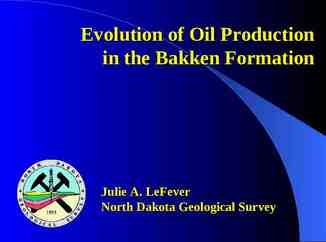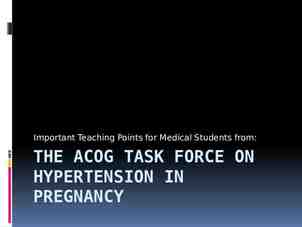Experimental seasonal hydrologic forecasting for the Western U.S.
19 Slides1.21 MB

Experimental seasonal hydrologic forecasting for the Western U.S. Dennis P. Lettenmaier Andrew W. Wood, Alan F. Hamlet Climate Impacts Group University of Washington Climate Prediction Applications Workshop Tallahassee, FL March 10, 2004

Project Domain / Website

Forecasting System Evolution 1998-9 Ohio R. basin w/ COE: First tried climate model-based seasonal forecasts on experimental (retrospective) basis 2000 Eastern US: First attempted real-time seasonal forecasts during drought condition in southeastern states -- results published in: Wood et al. (2001), JGR 2001 Columbia R. basin: Implemented approach during the PNW drought, again using climate model based approach 2002 Western US: Retrospective analysis of forecasts over larger domain (for one climate model and for ESP) 2003 Columbia R. basin: New funding for “pseudo-operational” implementation for western US; began with pilot project in CRB (Funding from: NASA NSIPP; OGP/ARCS; OGP GAPP), NASA Applications) 2004 Western US: expanded to western U.S domain for real-time forecasts; working to improve and evaluate methods each forecast cycle

UW Experimental West-wide hydrologic prediction system climate model output (NCEP, NSIPP) Real-time Ensemble Forecasts CPC official forecasts (in progress) ESP as baseline fcst 1. 2. Ensemble Hindcasts (for bias-correction and preliminary skill assessment) * ESP extended streamflow prediction (unconditional climate forecasts run from current hydrologic state) Downscaling VIC hydrologic simulations West-wide forecast products streamflow soil moisture, snowpack tailored to application sectors fire, power, recreation

Challenge: Climate Model Forecast Use bias-correcting then downscaling CRB domain, June precip

Overview: Bias Correction numerous methods of downscaling and bias correction exist the relatively simple one we’ve settled on requires a sufficient retrospective climate model climatology, e.g., NCEP: hindcast ensemble climatology, 21 years X 10 member NSIPP-1: AMIP run climatology, 50 years, 9 member specific to calendar month and climate model grid cell

Overview: VIC Hydrologic Model

1-2 years back model spin-up initial conditions Overview: Hydrologic Simulations start of month 0 end of mon 6-12 forecast ensemble(s) climatology ensemble data sources NCDC met. station obs. up to 2-4 months from current 2000-3000 stations in western US LDAS/other real-time met. forcings for remaining spin-up 300-400 stations in western US climate forecast information Forecast Products streamflow soil moisture runoff snowpack obs snow state information derived products e.g., reservoir system forecasts

Challenge: Hydrologic State Initialization Problem: met. data availability in 3 months prior to forecast has only a tenth of long term stations used to calibrate model dense station network for model calibration sparse station network in real-time Solution: use interpolated monthly index station precip percentiles and temperature anomalies to extract values from higher quality retrospective forcing data, then disaggregate using daily index station signal.

Overview: Initial snow state assimilation Problem sparse station spinup incurs some systematic errors, but snow state estimation is critical Solution use SWE anomaly observations (from the 600 station USDA/NRCS SNOTEL network and a dozen ASP stations in BC, Canada) to adjust snow state at the forecast start date

Overview: Initial snow state assimilation SWE state differences due to assimilation of SNOTEL/ASP observations, Feb. 25, 2004

Overview: Initial conditions Snow Water Equivalent (SWE) and Soil Moisture

Overview: Streamflow Forecast Locations

Overview: Spatial Forecasts monthly values, anomalies and percentiles of: precip, temp, SWE, soil moisture, runoff give streamflow forecasts greater context SWE soil moisture

Overview: Streamflow Forecasts targeted statistics hydrographs raw ensemble data

Challenge: Balancing IC effort with forecast effort Columbia R. Basin (CRB) Rio Grande R. Basin (RGB) RMSE (perfect IC, uncertain fcst) RE RMSE (perfect fcst, uncertain IC)

Some obstacles and opportunities in hydrological application of climate information The “one model” problem Calibration and basin scale (post-processing as an alternative to calibration) The value of visualization Opportunities to utilize non-traditional data (e.g. remote sensing) www.hydro.washington.edu/Lettenmaier/Projects/fcst/








